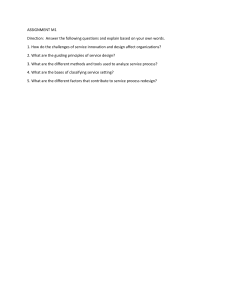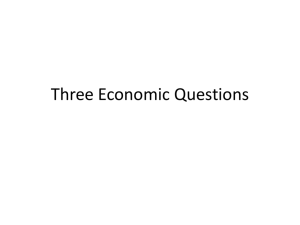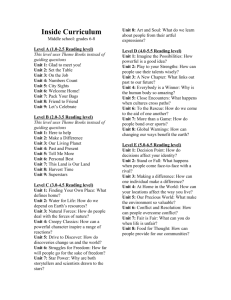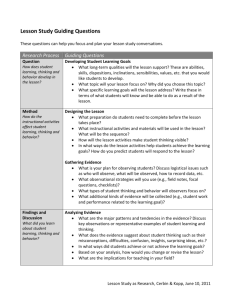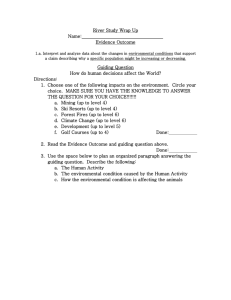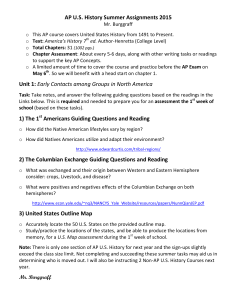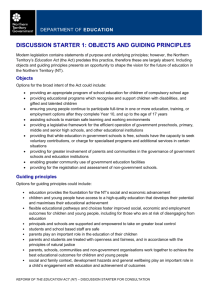Thinking Maps September 4th_1
advertisement
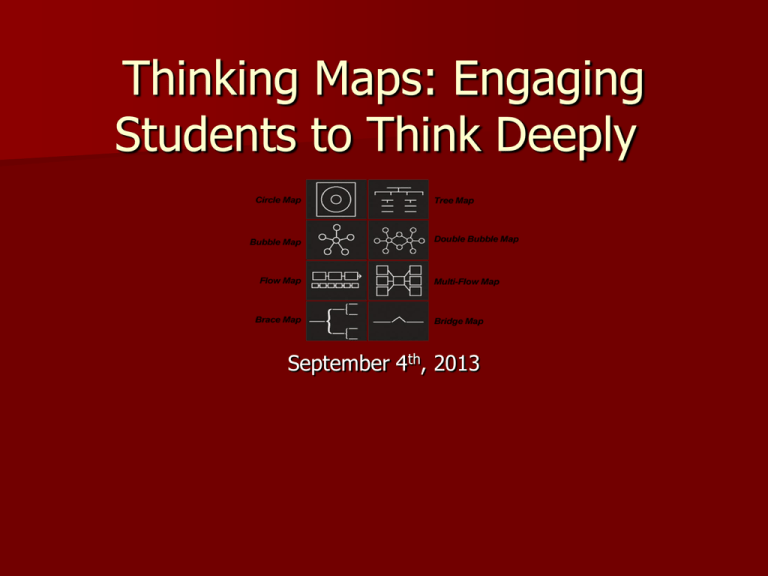
Thinking Maps: Engaging Students to Think Deeply September 4th, 2013 What are Thinking Maps and how are they different from Graphic Organizers? To use Thinking Maps as a “common visual language” in your learning community for transferring thinking processes, integrating learning, and for continuously assessing progress 80% of all information that comes into our brain is VISUAL 40% of all nerve fibers connected to the brain are linked to the retina -Eric Jensen, Brain Based Learning 36,000 visual messages per hour may be registered by the eyes. DUAL CODING THEORY Knowledge is stored in two forms: Linguistic Form Nonlinguistic Form Research proves that the more we use both systems of representation, the better we are able to think and recall knowledge. FRAME OF REFERENCE Circle Map Identify the THOUGHT PROCESS DEFINING IN CONTEXT The Circle Map is used to define a concept, word or idea. It is a great map to use to diagnose prior knowledge, brainstorm before writing, or use as a lesson closure. Guiding Questions for Adding a Frame of Reference: • How do you know what you know? • Where are you getting your information? Bubble Map Identify the THOUGHT PROCESS DESCRIBING Guiding Questions for Adding a Frame of Reference: • Using a frame with a bubble map allows students to justify the inferences they just made about a topic. In the frame, they should include specific quotes from a source or specific support for the adjectives they choose. • “How do you know that _________ can be described as __________?” Double Bubble Map Identify the THOUGHT PROCESS COMPARE AND CONTRAST Guiding Questions for Adding a Frame of Reference: • Are they using prior knowledge or specific past experiences? • Are they using information that they have read from a specific textbook or seen on a video? • Are they being asked to use their observation skills to determine similarities and differences? Tree Map Identify the THOUGHT PROCESS CLASSIFYING If you are using the Tree Map to sort, the frame will encourage children to think about why they are classifying the way that they are. • Does a certain point of view influence how you categorized this information? If they are using the map to identify details, main ideas and topics, the frame requires them to identify the sources or past knowledge and experiences that they referenced. • What sources did you use to gather the main idea and supporting details about this topic? Use this map for Classifying and/or identifying Main Idea and Supporting Details Brace Map Identify the THOUGHT PROCESS WHOLE TO PART RELATIONSHIPS Guiding Question for Adding a Frame of Reference: • What sources did you use to identify the whole and its parts? Flow Map Identify the THOUGHT PROCESS SEQUENCING Guiding Questions for Adding a Frame of Reference: • How do you know what you know about this sequence? • What prior knowledge and/or experiences influence your understanding about this process or series of events? • Where did you get your information? • Which event in the story was most important? Why? • What was your favorite part of the story? Why? • What do you think the author was trying to teach us? Use this map for sequencing the stages and sub-stages of an event, identifying the steps in a process, and ordering information. Multi-Flow Map Identify the THOUGHT PROCESS CAUSE AND EFFECT Guiding Questions for Adding a Frame of Reference: • Where did you get your information? • Did a specific time period influence the causes and/or effects? BRIDGE MAP Identify the THOUGHT PROCESS SEEING ANALOGIES Guiding Questions for Adding a Frame of Reference: • How do you know what you know? • Why is it important to know these relationships? Questions ???
